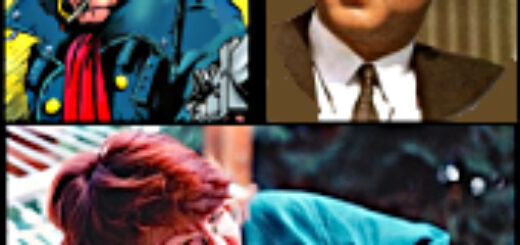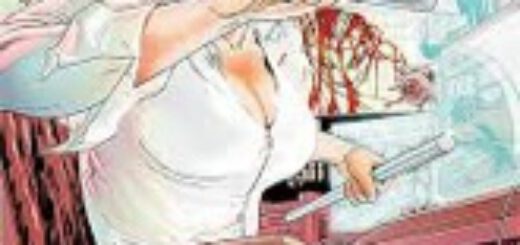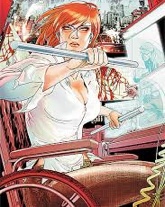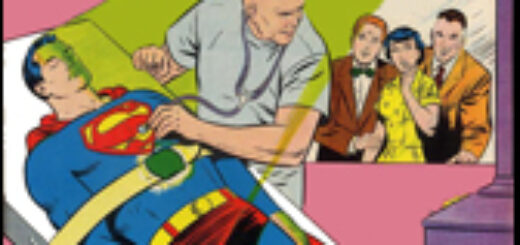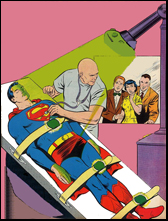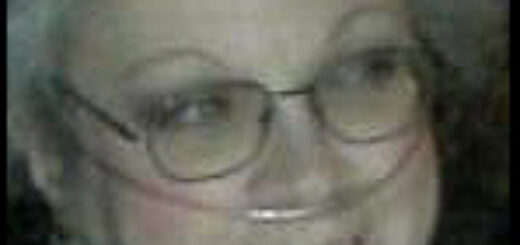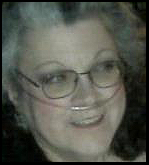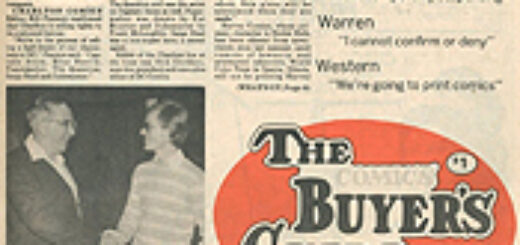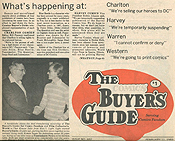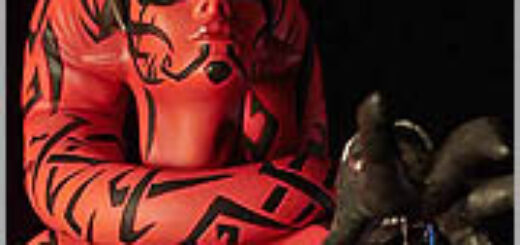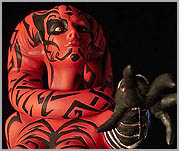John Ostrander: Time and Space and Remembrance
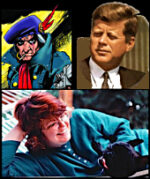 An unusual convergence of historical dates of different emotional resonances for me occurred this weekend – the 50th anniversary of Doctor Who, the 50th anniversary of the assassination of President John F. Kennedy, and what would have been the sixtieth birthday of my late wife, Kimberly Ann Yale.
An unusual convergence of historical dates of different emotional resonances for me occurred this weekend – the 50th anniversary of Doctor Who, the 50th anniversary of the assassination of President John F. Kennedy, and what would have been the sixtieth birthday of my late wife, Kimberly Ann Yale.
Like many Americans, I remember where I was when I heard the news of JFK. I was in my history class at Quigley Preparatory Seminary North near downtown Chicago. The word that the President was shot came over the loudspeaker used for school announcements, followed a little later by the news of his death. I was stunned, in denial. I remember little else of that day. I think school was closed and we were sent home.
Kim’s dad was a Navy chaplain and they were living on-base at the time. She later told me how she was at school off-base and had to hurry back. The base was going into lockdown after the assassination and if she was outside when the gates closed, she wouldn’t have been able to get home. That was her tenth birthday.
For me, I place the days of my youth between two sets of gunshots – the ones that killed JFK and the ones that killed John Lennon on December 8, 1980. I was 14 for the former and 31 for the latter. Both gave me a slightly darker sense of the world around me and the country in which I lived. Both events inform my writing to this day.
The day after Kennedy was killed, a new TV series was launched over in the UK – Doctor Who. The series tells of the adventures of a time-traveling alien Time Lord and his (usually) human companions through time and space. When William Hartnell, the original actor playing the part, became too ill to continue the series, the producers came up with a key concept to the longevity of the series: when a Time Lord faced the death of his mortal body, it can “regenerate” into a wholly new form and, even more significant, a different character. Most important, there’s a whole new actor with a new interpretation of the main character. That, I think, has been key to keeping the series fresh and vital.
I met Kim through Doctor Who. I loved the Doctor and wanted to be the Doctor. I also knew that the odds, then or now, of an American ever playing the part was virtually non-existent. However, I was an actor in Chicago and a sometimes playwright and less often a producer. So I conceived of an idea of getting the rights to put on a play version of the Doctor in Chicago.
I managed to arrange a meeting with show runner John Nathan-Turner during a combined Chicago Comic Con and Doctor Who Convention (sometimes referred to as the Sweat Con since the hotel’s air conditioning unit proved inadequate to the number of people attending and outside it was a 106° Chicago August day). John Nathan-Turner brought along Terry Nation (creator of the Daleks for Doctor Who) and Mr. Nation brought along a lovely young woman with big eyes, curly hair, and a megawatt smile who was his assistant for the Con. That was Kim.
To describe Kim as a Doctor Who fan doesn’t begin to describe it. She was also very knowledgeable on all things Time Lord and I used her an a consultant as I developed the script. Nothing else developed at the time; Kim was married and I don’t fool around that way.
We became a couple only later, after the play project had folded and her marriage had broken up. My romantic life at that point was, if anything, even worse than my theatrical career. I’d given up dating; I hadn’t seen anyone in almost two years. It just seemed too painful to try. Kim and I had kept in touch and she was also a big fan of my work on GrimJack, the comic book I had created for First Comics.
I should note here that Doctor Who was an influence on creating GrimJack. It might seem that the two couldn’t be less alike but one of the things I loved about Doctor Who was that you could do any kind of story. They did horror, they did Westerns, they did everything and I wanted to do that with GrimJack. In that sense, he was my Doctor. Later, we showed he could even reincarnate. There is a darkness to the series that I can, in part, trace back to the assassination of Jack Kennedy.
Kim wrote to me about a specific issue of GrimJack that had affected and resonated with her; I found it a little strange that she would write since we lived less than a mile apart and she had my phone number. I told her this and she replied that some things were best expressed in writing. What can I say? I’m a writer; I understood that. Kim was a writer as well. That night was the night our relationship changed. That was the night we started to become a couple.
It’s just coincidence, I suppose, that the three dates are in such proximity to one another. We assign meaning to dates, both as a people and as individuals. It’s an accident that the significant anniversaries of the assassination, Kim’s birthday, and the launching of Doctor Who are in conjunction this year. The connections that I see, that I feel, among them are mine. We are all the results of the various events that have happened in our lives and none of them occur in a vacuum. This weekend, I remember and honor three that were significant to me.
MONDAY MORNING: Mindy Newell
TUESDAY MORNING: Emily S. Whitten

